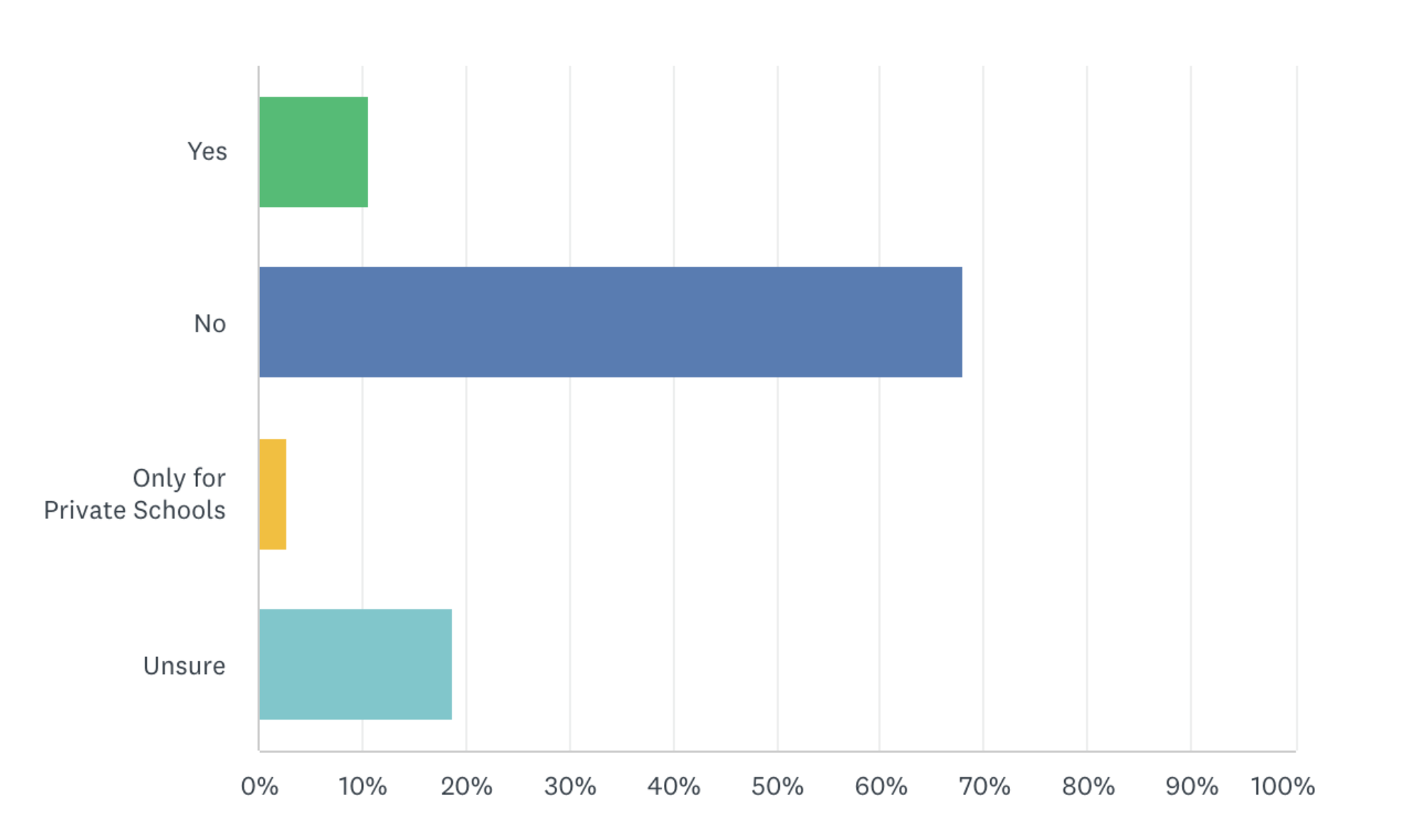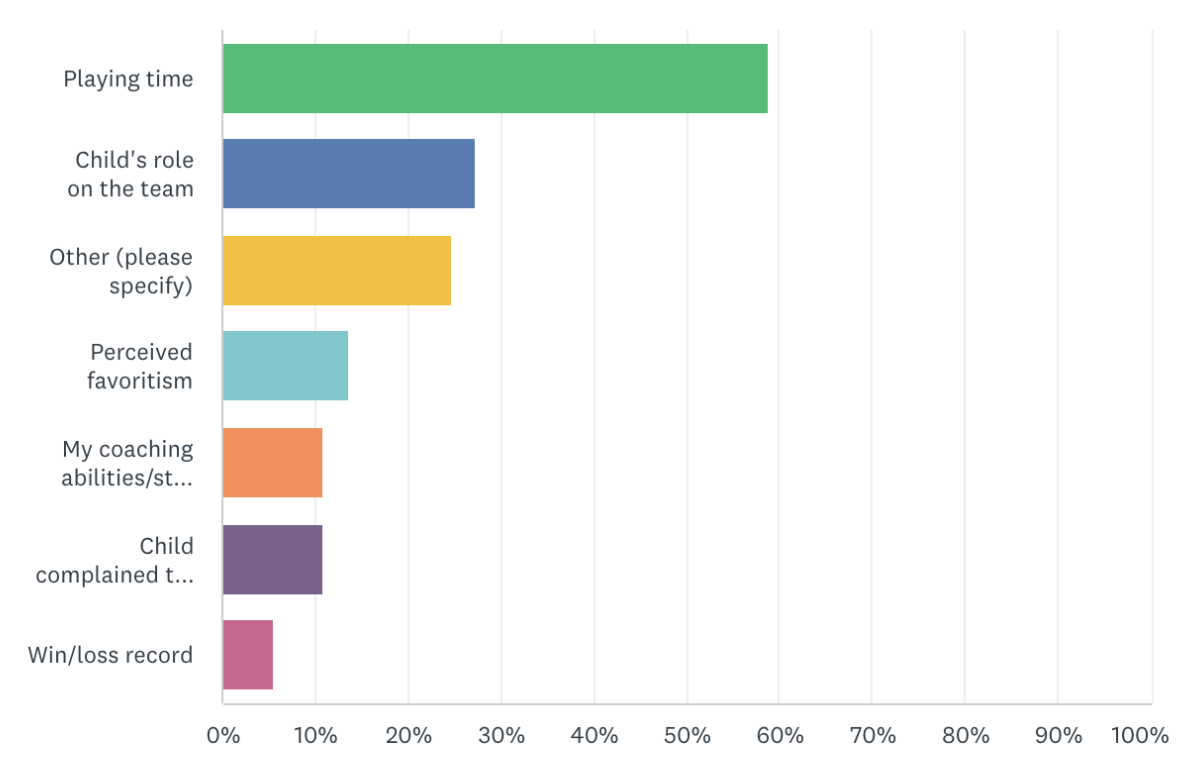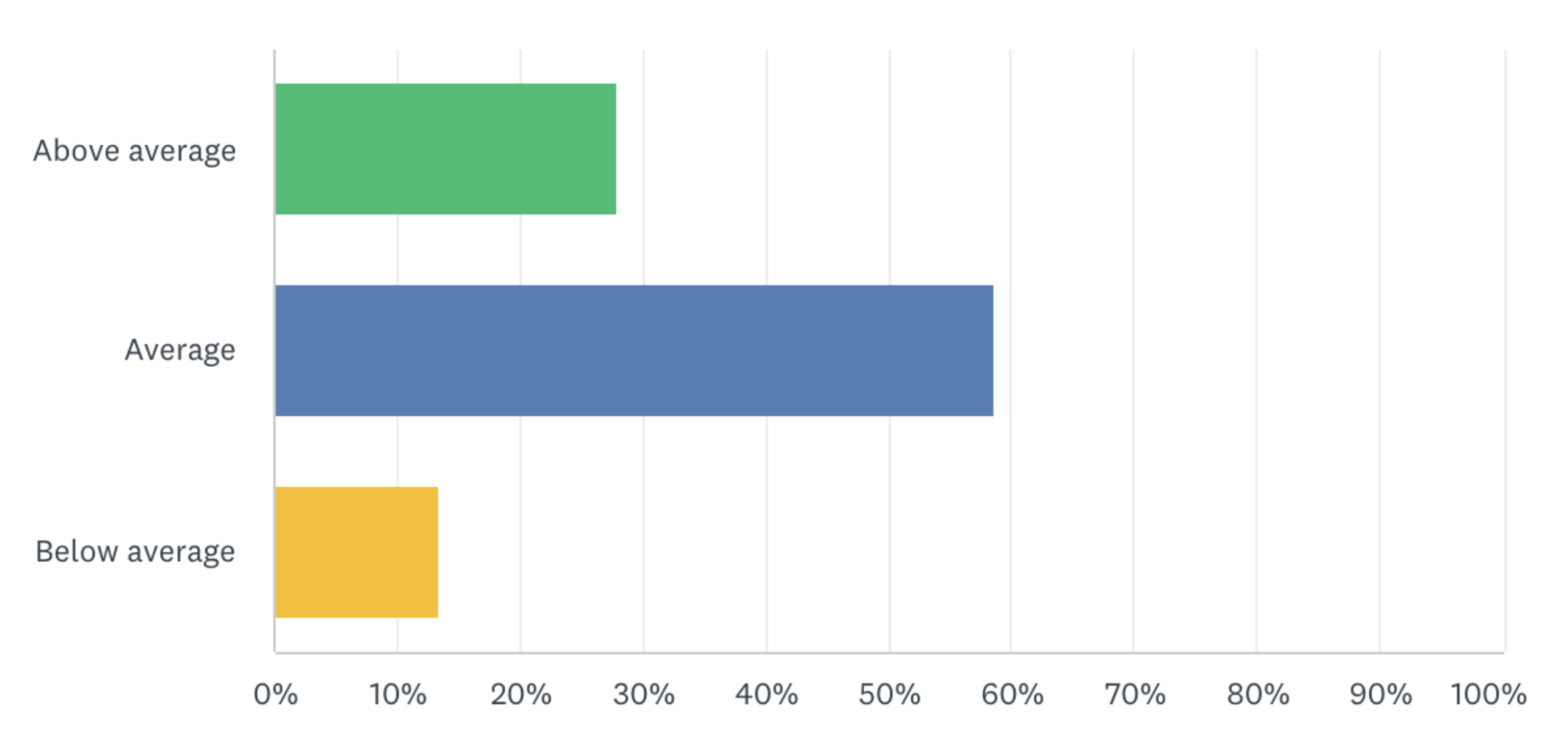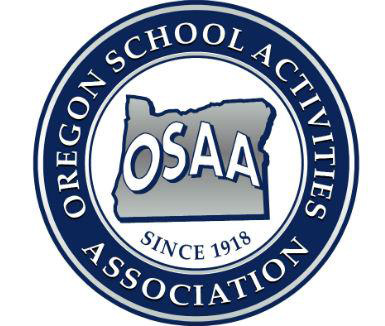The 2022 Coaches Survey Results
Referee shortages, the safety of players, staff, and personnel, and social media issues are just a few of the hot-button issues highlighted in our fourth annual Coaches Survey.
Back in 2018, Coach & Athletic Director began surveying high school coaches to gather feedback on some of the major issues in the profession across the country. The survey results help us better understand the challenges faced by coaches, and they guide us in providing relevant content to confront those issues head-on.
The 2022 Coaches Survey examined the ripple effects of the NCAA’s new Name, Image, and Likeness (NIL) policy at the high school level, how schools have rebounded from the COVID-19 pandemic, the rise of transgender student-athletes, and the ongoing referee shortage. We also asked coaches about the increased workload in recent years and how that strain affects their other duties in and out of the athletics building.As part of our annual survey, we also asked coaches to rank what they believe are the most significant challenges currently facing them. And for the first time in five years, sports specialization among student-athletes was knocked from the most concerning issue. Though still very concerning, garnering 85 percent of the response, issues with social media claimed the top spot with 86 percent. Two new options to the survey in 2021, player health and safety, and the health and safety of staff — both COVID-related topics — saw a significant drop in 2022, earning the fifth (80%) and 11th-most (75%) concerning issues, respectively. In 2021 they polled as the second and fourth-most concerning issues.
Here are three takeaways from the 2022 Coach & Athletic Director Coaches Survey.
SHOW ME THE MONEY?
Last summer, both the collegiate and sports marketing landscapes were turned upside down by the NCAA’s adoption of its new NIL policy, allowing student-athletes to profit off their athletic abilities while retaining amateur status.
It didn’t take long for high schools to start exploring the possibility — whether gaining further knowledge to prepare student-athletes to capitalize on NIL opportunities at the collegiate level or to extend those same opportunities at the varsity level. We asked coaches in our survey if they are in favor of NIL opportunities at the high school level, and 68 percent of respondents said no.

“Administrators have started to favor the parents over the coaches and/or staff. With the NIL, there will be more coaches released or fired due to parent complaints if they perceive it’s the coaches’ fault their child is not receiving money and/or receives less than another student-athlete,” one coach responded.
Another shared, “[It will] no longer be about building a team. [NIL] causes individualism and teaches that ‘I’ is better than ‘we.’”
One anonymous coach brought up the potential rise in transfers.
“Depending on the location of the school, some could prosper while others receive absolutely nothing because of limited businesses that could contribute to such an opportunity. It also could lead to transferring situations that would result in numerous horrendous consequences.”
With the topic being so new and only available to student-athletes in a handful of states, nearly 19 percent of respondents selected unsure, citing unanswerable questions.
“What is the benefit? What are the consequences? Is it in the best interest of a young person?” one coach posed.
While the remaining 13 percent said yes, three percent said only for private schools.
“We had one player who verbally committed to a D1 program because of showcase workouts. He started the season, didn’t perform well, and was replaced by another player who excelled. You are going to give this player NIL opportunities when he can’t even produce on his high school team? It will only cause more problems,” one coach shared.
TRANSGENDER STUDENT-ATHLETES
The rise of transgender student-athletes has been highlighted in the past year by the success of Lia Thomas, a transgender woman who shifted from Penn’s men’s swimming to the women’s team. With safety, education and inclusion in mind, we asked coaches what is being done at their schools to ensure all voices are being heard on a rather polarizing topic.
“It’s something that must be handled on more an individual basis, but we need to do what is best for the young people,” one coach shared.
Another shared, “I think we are seeing a bigger need to beef up our codes of conduct to address bullying and hazing. If that happens then it would help these situations.”
“It’s a big issue,” one coach said. “Let student-athletes compete, give their own self-identified gender. There’s a need for more education in order to reduce any gender discrimination.”
Many chose to skip the question or provide an “unsure” response. While a hot-button issue, many schools have not been faced with transgender student-athletes. “I don’t feel educated enough on the topic to be able to form an opinion,” one coach admitted.
Those that do have transgender student-athletes were open about the experience.
“I have a transgender player in my boys volleyball program and the only issue we had was at a preseason match with an older official,” one coach said.
Another stated, “In our state transgender athletes can go through a process to play to which gender they identify. There is a group of administrators, doctors, and state-level members that make the decision based on medical information the student and their parents gather from doctors, psychologists, and the family. If they meet certain criteria they are allowed to play as they identify.”

Some coaches, however, were clear in their stance on the topic.
“When transgender athletes compete in female sports, the female athletes will be at a disadvantage because of the physiological make-up and DNA,” one coach said.
“We were told by our AD that the transgender student-athlete has more rights than the non-transgender student-athlete. For example, if the transgender athlete, born female but identifies as a male, wants to change in the boys’ locker room and a non-transgender athlete objects, the non-transgender athlete may use an alternative area to change,” another coach said.
Regardless of what side of the fence you sit on, many could agree with this coach’s statement on the topic: “there’s nothing but confusion right now.”
OFFICIALLY A PROBLEM
It’s long been said that the best type of referee is the one spectators never notice. But what happens if referees aren’t there to even go unnoticed?
As state high school athletic organizations and youth sports groups nationwide are battling shortages of officials, the COVID pandemic certainly didn’t help the matter. The most answered responses were very similar to last year’s coaches report, with many offering similar reasons: lack of interest by young people, problematic or abusive parents, and lack of proper compensation among others.
As for the ways in which the problem can be addressed, the response from coaches varied.
“Recruit within athletics,” one coach shared. “My people love the sport (football), but not all can make a team. I have had success in both football and softball in converting athletes into referees and umpires.”
Another coach suggested, “state-level protections for officials when parents confront them and offer state aid to increase pay for high school officials.”

Some suggested increased education about what referees do with coaches, parents, and student-athletes.
» ALSO SEE: 5 Steps to Continuing Relationships with Student-Athletes after Graduation
“There need to be better means of educating the parents about proper game behavior,” one coach said. “Mistakes are going to be made. They are making judgment calls. As long as the mistakes are about judgment and not the rules of the game we should be to manage.”
Despite the referee shortage, 87 percent of coaches surveyed said the quality of officiating in their respective sports are average or better.
While many suggested pay increases, at least one coach thinks that won’t be enough.
“I’m not sure what can be done with the current climate of people who feel free to berate officials unmercifully. I don’t think an increase in pay will do the job.”





